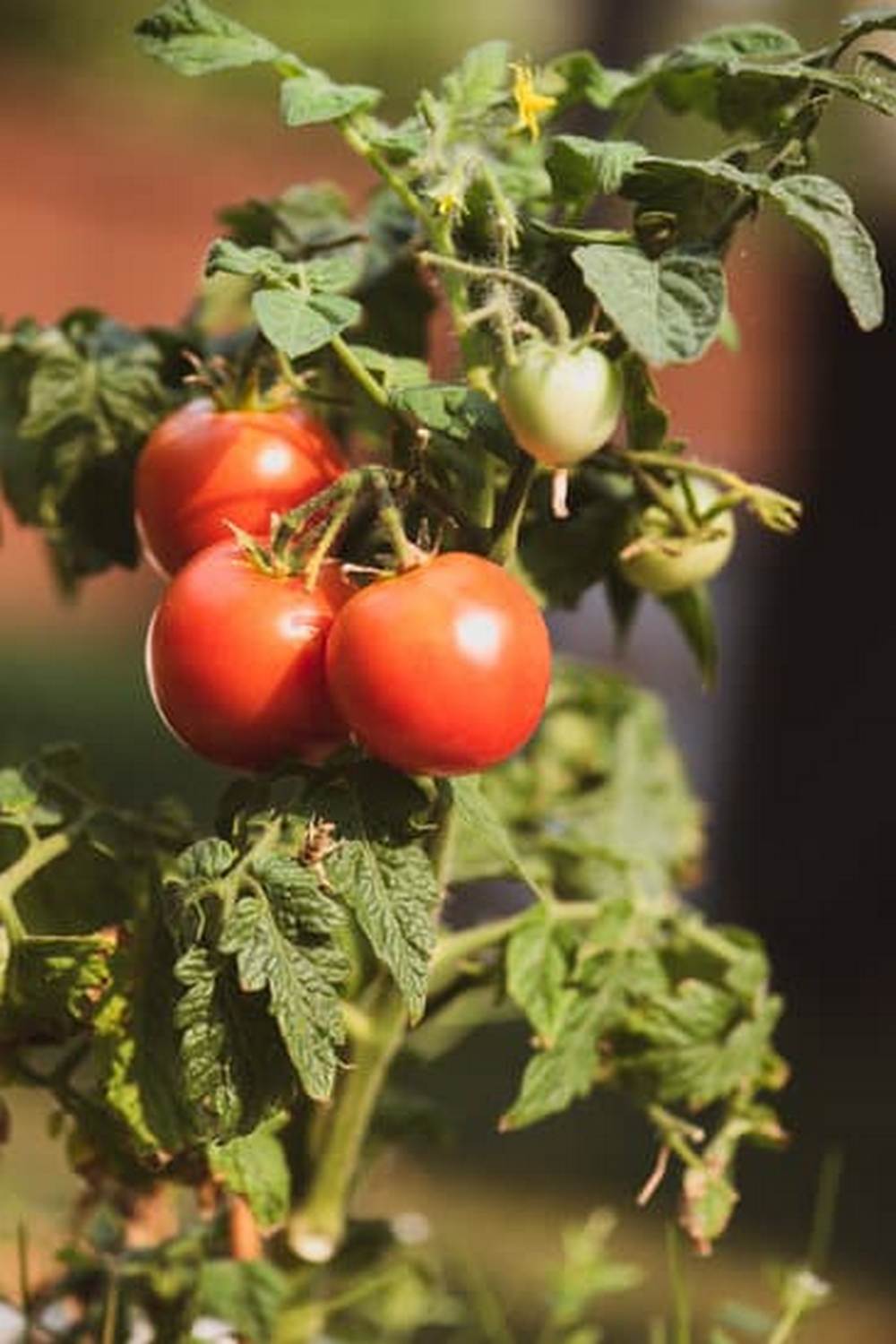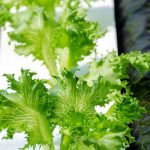With the increasing focus on sustainability, self-sufficiency, and healthier living, home vegetable gardening has become a thriving trend in Australia. Consumers are increasingly turning to growing their own produce as a way to connect with nature, reduce their carbon footprint, and enjoy the health benefits of fresh, home-grown vegetables. This shift in consumer behavior towards cultivating their own food reflects a broader movement towards conscious consumption and environmental consciousness.
One of the key drivers behind the rise of home vegetable gardening is the desire for fresh and nutrient-rich produce. Australians are recognizing the value of consuming fruits and vegetables straight from their backyard, free from chemicals and pesticides. The health benefits of these organically grown foods are driving many individuals to start their own gardens, leading to a surge in interest in home vegetable gardening as a way to improve overall well-being.
Furthermore, the environmental implications of reducing food miles by growing one’s produce locally cannot be understated. By cultivating vegetables at home, Australians are contributing to lower greenhouse gas emissions associated with transportation and storage. This trend towards sustainable living is influencing consumer behavior and shaping the way people interact with their food sources, making home vegetable gardening not just a hobby but a lifestyle choice for many individuals across the country.
Benefits of Home Vegetable Gardening
Home vegetable gardening in Australia has seen a significant rise in popularity in recent years, with more consumers choosing to grow their own fresh produce at home. This trend can be attributed to a variety of factors, including a growing interest in sustainable living, healthier eating habits, and the desire for self-sufficiency. Australians are increasingly recognizing the benefits of home vegetable gardening, not only for themselves but also for the environment.
One of the key advantages of home vegetable gardening is the access to fresh and organic produce. Consuming vegetables that have been grown at home ensures that they are free from harmful pesticides and chemicals, promoting better health and well-being. Additionally, having a garden at home encourages individuals to eat more vegetables as they are readily available, leading to a diet that is rich in nutrients and vitamins.
In addition to personal health benefits, home vegetable gardening also contributes to environmental sustainability. By growing their own produce, Australians are reducing food miles and their carbon footprint associated with store-bought vegetables.
This environmentally conscious approach aligns with the broader trend of sustainability in consumer behavior, where individuals are actively seeking ways to reduce their impact on the planet. In this context, home vegetable gardening serves as a practical and impactful way for consumers to make a positive difference while enjoying fresh, flavorful vegetables straight from their garden.
| Advantages | Benefits |
|---|---|
| Access to fresh produce | Promotes better health and well-being |
| Environmental sustainability | Reduces food miles and carbon footprint |
Consumer Behavior Analysis
Reasons for the Rise in Home Vegetable Gardening
One of the main reasons behind the increasing popularity of home vegetable gardening in Australia is the desire for fresh and organic produce. Consumers are becoming more conscious of what they put into their bodies, opting for home-grown vegetables free from pesticides and chemicals.
Additionally, the rising costs of groceries and economic uncertainty have prompted many Australians to turn to gardening as a way to save money on their food bills. The satisfaction that comes from harvesting your own vegetables and knowing where your food comes from also plays a significant role in driving this consumer trend.
Sustainability and Self-Sufficiency Trends Impact
The shift towards sustainability and self-sufficiency has had a profound impact on consumer behavior when it comes to home vegetable gardening. Australians are increasingly aware of environmental issues such as food miles, carbon footprint, and food waste.
By growing their own vegetables, consumers can reduce the environmental impact associated with transporting produce long distances. Moreover, the desire for self-sufficiency in uncertain times has led many individuals and families to embrace gardening as a way to become more independent when it comes to their food supply.
Health Benefits Driving Consumer Choices
In addition to sustainability concerns, health considerations also play a crucial role in driving consumer choices towards home vegetable gardening. The COVID-19 pandemic has heightened awareness around the importance of boosting immunity and maintaining overall health.
Growing your own vegetables ensures access to nutrient-rich produce that is at its peak freshness and flavor. Consuming a variety of vegetables grown at home not only contributes to physical health but also enhances mental well-being through the rewarding experience of nurturing plants and witnessing their growth cycle firsthand.
Popular Vegetables to Grow in Australian Gardens
Most Commonly Grown Vegetables
When it comes to home vegetable gardening in Australia, there are several popular vegetables that are commonly grown due to their adaptability to the climate and soil conditions. Some of these include tomatoes, cucumbers, carrots, lettuce, zucchini, and bell peppers. These vegetables thrive in various regions across Australia and are a favorite among home gardeners for their flavor and nutritional value.
Beginner Tips on What to Plant
For beginners looking to start their own vegetable garden in Australia, it is essential to choose vegetables that are easy to grow and maintain. Root vegetables like carrots and radishes are great options for beginners as they require minimal care and can be harvested relatively quickly. Leafy greens such as lettuce and spinach are also good choices for those new to gardening as they grow well in different climates.
Climbing Plants and Herbs
In addition to the typical veggies grown in Australian gardens, climbing plants like beans and peas can add vertical interest while maximizing space. Herbs such as basil, parsley, mint, and coriander are also popular choices for Australian gardeners due to their versatility in culinary dishes. These herbs not only enhance the flavors of meals but also attract beneficial insects to the garden. Consider planting a variety of herbs alongside your vegetables for added benefits.
As Australians continue to embrace home vegetable gardening as a sustainable way of obtaining fresh produce, experimenting with different types of vegetables catering specifically to the local climate will help individuals enjoy the rewards of growing their own food while contributing positively towards environmental sustainability.
Technology and Home Gardening
In the digital age, technology has revolutionized every aspect of our lives, including home vegetable gardening in Australia. With the rise of smartphone apps, online resources, and innovative gardening tools, individuals are now equipped with valuable information and support to enhance their gardening experience. These technological advancements have made it easier for both novice and experienced gardeners to cultivate their own fresh produce right in their backyard.
One notable trend in technology and home gardening is the availability of gardening apps that provide guidance on planting schedules, watering reminders, and pest control solutions. These apps offer personalized tips based on location and climate, helping gardeners make informed decisions to promote plant growth and maximize yields. Furthermore, online platforms offer a wealth of information on garden design ideas, soil preparation techniques, and companion planting strategies for a successful vegetable garden.
In addition to apps and online resources, advances in smart garden devices such as automated irrigation systems and weather sensors have streamlined the process of maintaining a thriving garden. These tools allow gardeners to monitor soil moisture levels, receive real-time weather updates, and adjust watering schedules remotely through smartphones or tablets. By incorporating technology into home vegetable gardening practices, Australians can achieve greater efficiency, productivity, and ultimately enjoy a bountiful harvest of fresh produce year-round.
| Technological Advancements | Impact on Home Gardening |
|---|---|
| Gardening Apps | Provide planting schedules and personalized tips for optimal growth |
| Smart Garden Devices | Automate irrigation systems and monitor soil moisture levels for efficient maintenance |
Community and Social Media Engagement
Home vegetable gardening in Australia has not only become a popular activity for individuals and families but also a way to connect with the community. Engaging with like-minded gardeners in local areas or online platforms has enriched the experience for many Australians passionate about growing their own produce. Here are some ways in which community and social media engagement have played a significant role in fostering this trend:
- Community Gardens: Many neighborhoods across Australia have established community gardens where residents can come together to share knowledge, resources, and harvests. These spaces promote camaraderie among gardeners while providing access to a variety of vegetables that may not be feasible to grow at home.
- Online Forums and Groups: The rise of social media platforms has created virtual communities dedicated to home vegetable gardening. Facebook groups, forums, and Instagram accounts allow individuals to exchange tips, troubleshoot problems, and showcase their garden successes. These online spaces serve as valuable resources for both beginners and seasoned gardeners.
- Garden Swaps and Sharing: In addition to sharing advice online, many Australians participate in physical exchanges of produce or plants within their local communities. Garden swaps, where excess vegetables are traded or given away, encourage sustainability and reduce food waste while building relationships with neighbors.
The sense of connection fostered through community involvement in home vegetable gardening goes beyond simply sharing gardening tips; it creates a network of support and shared passion for sustainable living. By engaging with others who share an interest in growing their own food, Australians are not only enhancing their gardening skills but also contributing to a larger movement towards self-sufficiency and healthier lifestyles.
Moreover, the use of social media platforms like Instagram, TikTok, and YouTube has allowed individuals to document their gardening journeys visually and reach a wider audience. By posting photos of bountiful harvests, sharing tutorials on planting techniques, or even live-streaming garden tours, Australians are inspiring others to join the home vegetable gardening trend. This form of engagement not only educates but also encourages a sense of communal pride in cultivating one’s own fruits and vegetables.
Impact of COVID-19 on Home Vegetable Gardening Trends
The impact of COVID-19 on home vegetable gardening trends in Australia has been profound, with a notable surge in interest and participation in this activity during lockdowns. As people spent more time at home due to restrictions and sought ways to be self-sufficient, many turned to growing their own vegetables as a means of securing a fresh food source.
The uncertainty surrounding the availability of produce in stores also played a role in driving individuals towards starting their own home gardens.
During the peak of the pandemic, seed suppliers reported unprecedented levels of demand as Australians scrambled to get their hands on seeds and gardening supplies. This heightened interest in home vegetable gardening was not only driven by the desire for fresh, healthy produce but also by a newfound appreciation for sustainable practices and reducing dependence on external food sources.
Many consumers realized the importance of self-sufficiency and taking control of their food supply chain, leading to a notable shift in consumer behavior towards more sustainable and environmentally friendly practices.
Moreover, the sense of fulfillment and accomplishment that comes with successfully growing your own vegetables during challenging times like the pandemic cannot be understated. The therapeutic benefits of nurturing plants, witnessing their growth, and eventually harvesting your own organic produce have resonated with many Australians during these uncertain times.
As a result, it is likely that the trend of home vegetable gardening will continue to grow even after COVID-19 restrictions ease, with more individuals embracing this fulfilling and sustainable practice.
Future Trends and Predictions
The future of home vegetable gardening in Australia looks promising, with a continued focus on sustainability, health, and self-sufficiency driving consumer trends. As more Australians recognize the benefits of growing their own fresh produce, we can expect to see an increase in participation and innovation in this area. With concerns about food security and the environmental impact of conventional agriculture, home vegetable gardening offers a practical and rewarding solution.
One key trend to watch out for is the integration of technology into home gardening practices. From smart irrigation systems to plant identification apps, technology plays a crucial role in making vegetable gardening more accessible and efficient for beginners and experienced gardeners alike. As more tools and resources become available online, Australians can look forward to enhancing their gardening experience with digital assistance and guidance.
Furthermore, community and social media engagement will continue to play a significant role in shaping the landscape of home vegetable gardening in Australia. Sharing tips, experiences, and successes on platforms like Instagram and Facebook allows gardeners to connect with like-minded individuals, build a sense of community, and inspire others to start their own gardens. This sense of camaraderie not only fosters a supportive environment but also encourages more people to join the movement towards sustainable living through homegrown produce.
Frequently Asked Questions
What Are the Plant Trends in Australia?
Plant trends in Australia are constantly evolving, but some current popular ones include indoor plants, native Australian species, and sustainable gardening practices. People are increasingly looking for low-maintenance plants that can thrive in the country’s diverse climates.
How Big Is the Gardening Market in Australia?
The gardening market in Australia is significant, with a wide range of products and services available to cater to the growing interest in gardening. From garden tools and equipment to plants and landscaping services, the industry continues to expand as more Australians develop a passion for cultivating their outdoor spaces.
How Many People Garden in Australia?
A large number of Australians enjoy gardening as a hobby or as a way to connect with nature and improve their well-being. Whether it’s tending to a small balcony garden or maintaining a sprawling backyard, people of all ages across the country find joy and relaxation in caring for plants and outdoor spaces.

If you’re looking to get into vegetable gardening, or are just looking for some tips on how to make your current garden better, then you’ve come to the right place! My name is Ethel and I have been gardening for years. In this blog, I’m going to share with you some of my best tips on how to create a successful vegetable garden.





